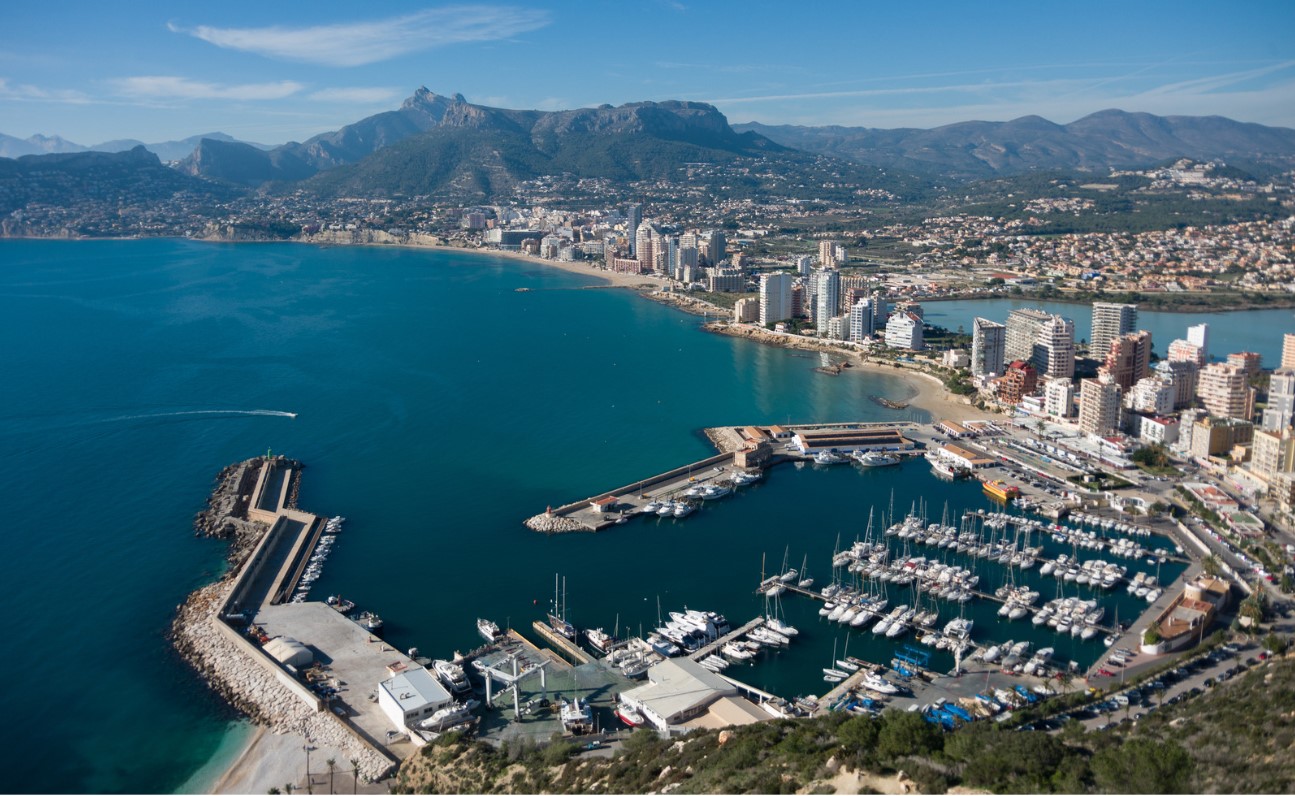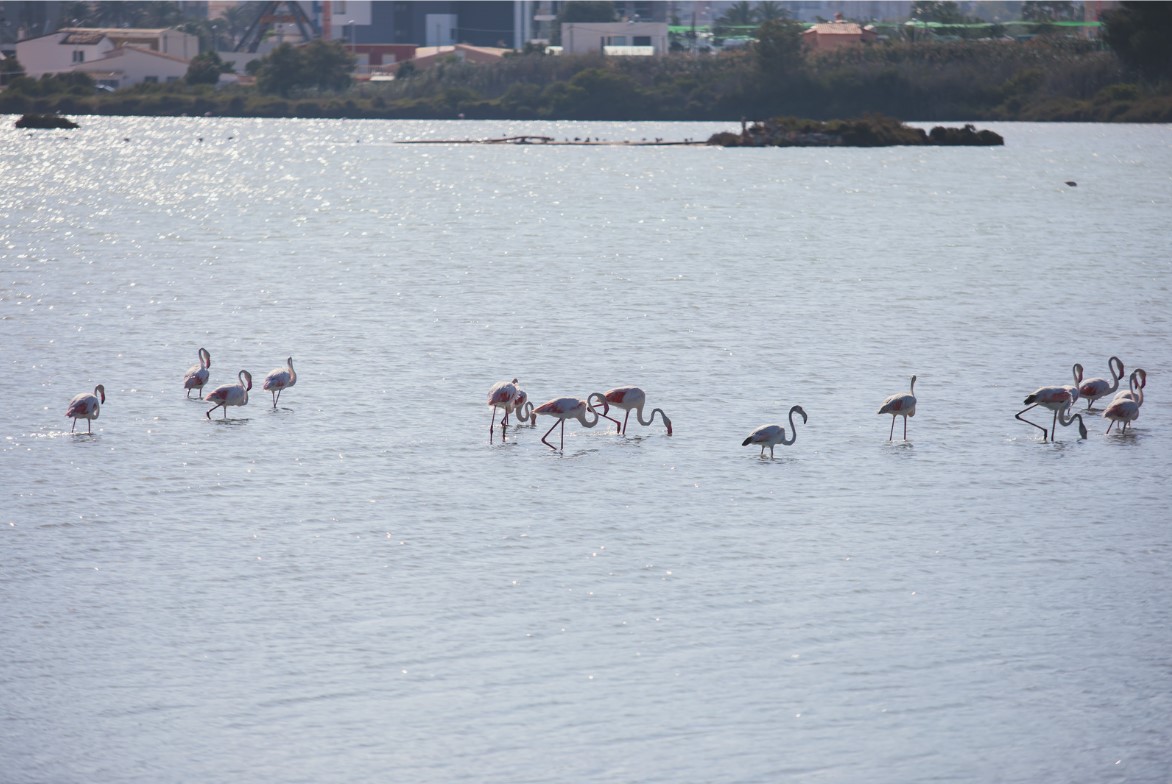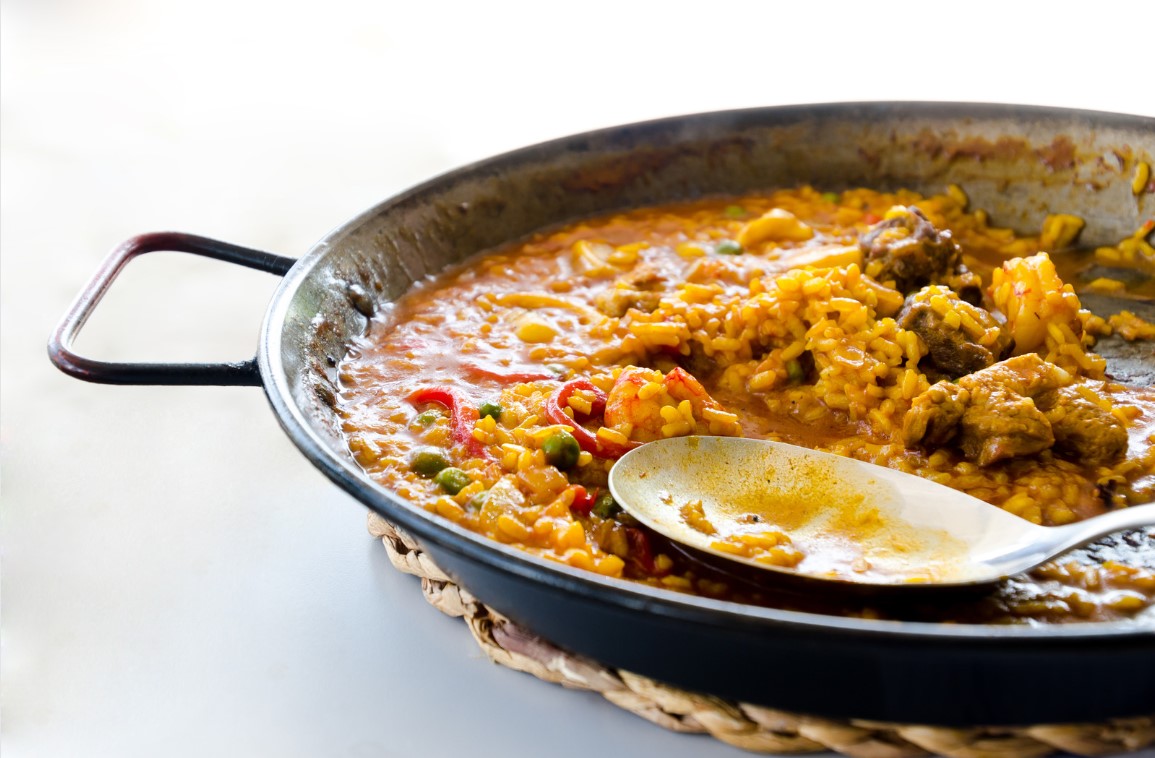Found on the Costa Blanca, Calpe was once a sleepy fishing town that just happened to be near to its tourism driven neighbours of Benidorm and Alicante. These days, Calpe has a thriving tourism industry of its own, becoming a hotspot for cyclists looking for some year-round sunshine. So, let’s go exploring and see what Calpe has to offer.
Where should I stay?
Given that Calpe is found on the Spanish coast, it will come as no surprise that the best part of the city to stay in has a view of the Mediterranean Sea. There are a plethora of hotels that cater for all budgets and tastes, including the Gran Hotel Sol Y Mar. This glamorous residence is the height of grandeur, featuring a luxury spa and bedrooms with wonderful views of clear blue water. Prices can be pretty steep during tourist season, however in the winter months you can stay for around £100 per night.
If you’re more of a party-goer, Benidorm is a mere stone’s-throw away. A short 30 minute train journey along the idyllic Costa Blanca coast will help you soak in the vibes before you cut loose in Benidorm. Here, the hotels are cheap, and the drinks are even cheaper. There are few places in Europe that can claim to sell a beer for just one Euro.

What is there for families to do?
There are plenty of great activities for families in Calpe, but the obvious choice is to go for a swim in the sea. The city is home to over 14 kilometres of coastline, and its beaches make up the majority of that distance. Golden sands and explorable coves make for a truly spellbinding experience for young and old minds alike. Just don’t got too far out, as the coastguards are never too pleased about having to rescue stranded tourists.
Sticking with nature, Calpe is also the site of some pretty amazing sea salt flats. Found at the base of the Peñón d’Ifach nature reserve, the flats were formed millions of years ago and have stood the test of time despite being heavily mined. Nowadays, the flats are protected, making them the ideal place for birds to habituate. If you’re lucky, you may even spot a few flamingos.

What’s cooking?
The coastal nature of Calpe means that seafood is often top of the menu in the local restaurants. There are a number of local delicacies to taste, however the local tourist board suggests two that every visitor should try. Llauna de Calp is the most famous of Calpe dishes. Made with your choice of fish, this recipe is a simple yet tasty reminder of where you are, with salted potatoes and tomatoes giving it a richness that promises to satisfy.
The other dish is Arrós del Senyoret, a local twist on a traditional Spanish paella. Unlike other paella recipes, Arrós del Senyoret is made with shellfish caught in the bay. It is said that the reason it is called ‘Senyoret’ is that the shellfish remain shelled during cooking – this is so the rich folks eating it would not have to get their hands dirty.

Cycling in Calpe
Spain is home to some famous cycling destinations such as Girona and Mallorca, however Calpe is just as good – a ‘hidden gem’ for many. What makes Calpe so good for road cycling is the diversity of terrain in the region, whether you want to enjoy a relaxing seaside ride or a testing day in the hills – Calpe has you covered.
View this post on Instagram
The most famous climb in the area is the Coll de Rates, a 6.5km ascension at an average gradient of 5.6%. A short ride from Calpe to the nearby town of Parcent will take you to the foot of the Coll de Rates. Enjoy the mesmerising views of the sea, mountains, and urban sprawl below. The climb is a regular feature in the Volta a la Comunitat Valenciana and has thrice featured on the route of La Vuelta a España. Frenchman Pierre Latour won the last time the race ascended the Coll de Rates in 2016, as Nairo Quintana secured the overall title.
View this post on Instagram
When should I visit Calpe?
As with most destinations in the Mediterranean, summer temperatures can be exceedingly high during these months and the sheer number of tourists that descend upon the Costa Blanca can sometimes make it a less than relaxing experience. For this reason, Spring and early Autumn are far more attractive.
If you do choose to go in the summer, the Fiesta season is in full swing. There are a number of traditional and ‘non-traditional’ festivities each year, however one of the most famous Calpe events is the ‘Virgen de las Nievas’. This annual festival involves a floral parade in honour of the Virgen de las Nievas, a celebrated figure within the Catholic Church. There are also bull runs, dances, and feasts that occur on this day. The 2024 Viregn de las Nievas festival is set to take place on 5th August.
Getting there
Calpe and the surrounding cities are among the easiest European destinations to get to as a Brit. Regular flights to Alicante airport are often incredibly good value and have a relatively short flight time. You can also fly into Valencia or San Javier Airport if you find a particularly good deal.
If you do land in Alicante, there are a number of ways to make the 77 kilometre trip to Calpe. Firstly, you may have a pre-paid transfer bus (this is common with package holidays) – making the trip to your hotel seamless. You could also take a taxi, however, be aware that prices can be high. A regular bus will take a little under two hours.
Insurance
Feeling inspired and tempted to book a trip to Calpe? Don’t forget to take out Yellow Jersey cycle travel insurance which is designed to cover cyclists for emergency medical expenses, trip cancellation, repatriation, liability cover and much much more. Don’t forget, our travel insurance does not cover your bike! If you need to cover your bike for damage whilst in the hands of an airline and crash damage, please take out out Yellow Jersey bicycle insurance